After my Padi Divemaster and GUE Fundamentals class in Malta, where I improved my buoyancy, trim and finning techniques a lot, I then felt much more confident underwater again so that I couldn´t wait to add another new tool to my Scuba equipment: My amazing Underwater camera set-up from Reef Photo and Video, Nauticam and Light and Motion! And what an awesome time it was going to be discovering the Underwater world with a camera!
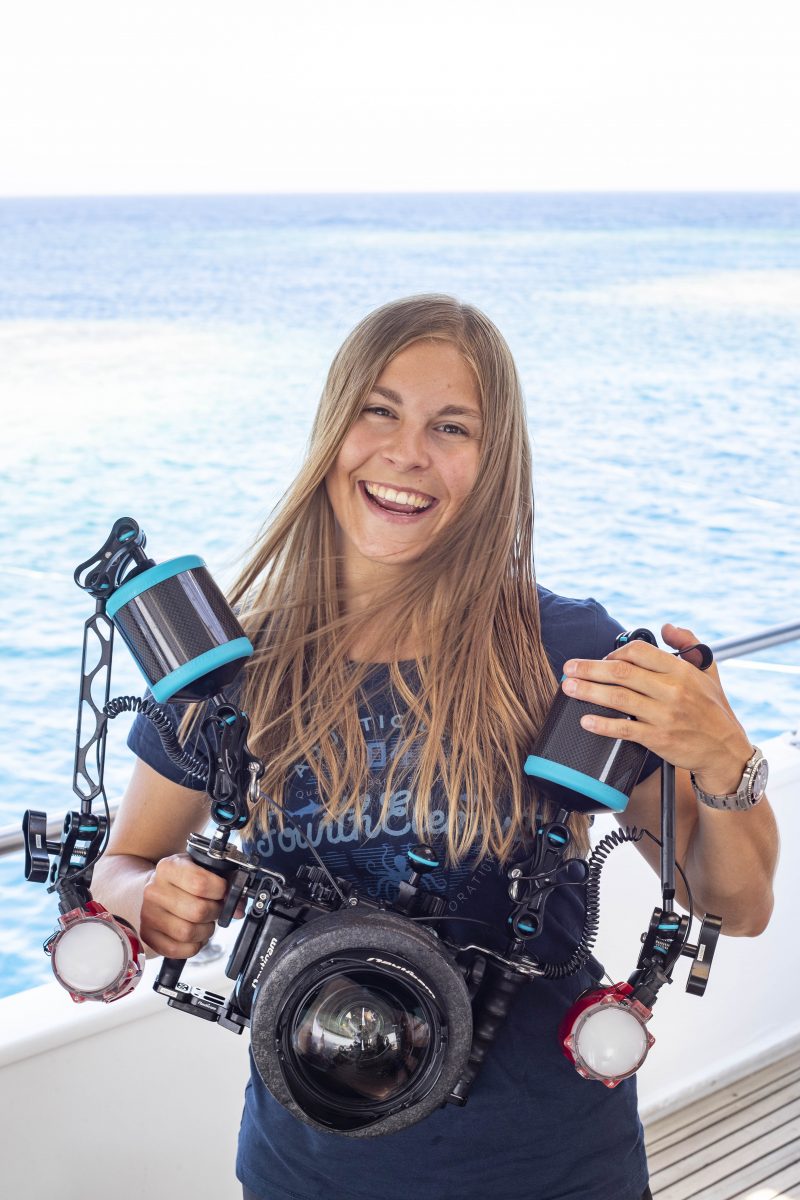
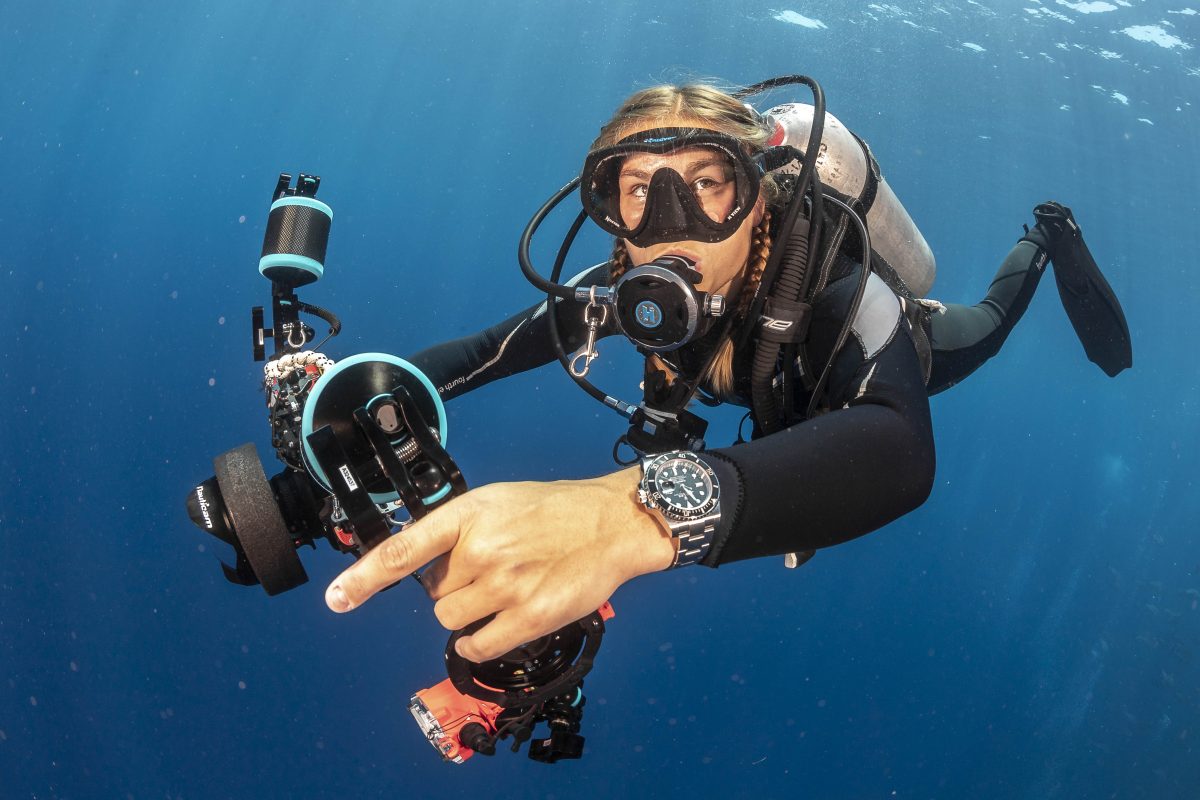
Because it was going to be the first time Scuba Diving with a camera for me, I flew to Egypt to participate in the Red Sea Photo Camp that I was luckily invited to by Red Sea Diving Safari. And the beautiful coral reefs here with their incredible richness of life blew my mind immediately!

Additionally, the RSDS was the perfect location to get started with Underwater Photography, because I could go diving at the house reefs as often as I wanted to, to just try myself out and also to return to subjects that I wanted to repeat and improve my pictures on.

Paul “Duxy” Duxfield and Phil and Anne Medcalf from Alphamarine Photography were such lovely teachers who not only let me listen to their presentations, about Composition, Lighting, Marine Life and Workflow, as the actual Photo Camp programme, but also gave me a very personal introduction in Underwater Photography. Firstly, they went through all the pieces in my big camera bag with me to make sure I was comfortable in putting everything together, and secondly, they explained me the specifics of settings in Underwater Photography and the relations between shutter speed, aperture, ISO and strobe power.
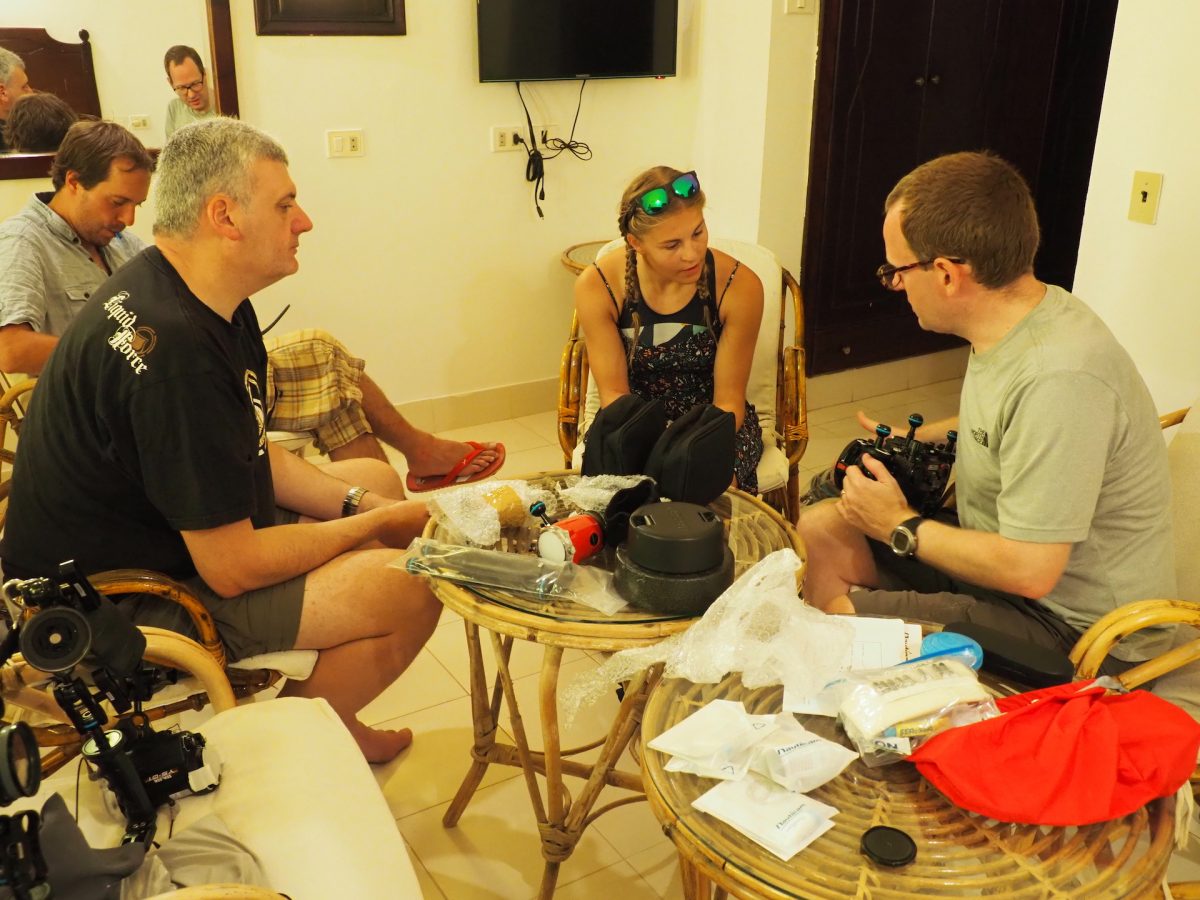
Additionally, they accompanied me on many dives to show me how to position myself towards the subjects, what the right strobe positioning would be, and many more things. It also really helped observing them take photos themselves. After the dives, we went through the results together and spoke about what could be improved or tried out. It was also the first time for me to use Adobe Lightroom, and I was amazed what big difference the right post-processing of photos in RAW-format can make, which I was also taught by Duxy, Phil and Anne.

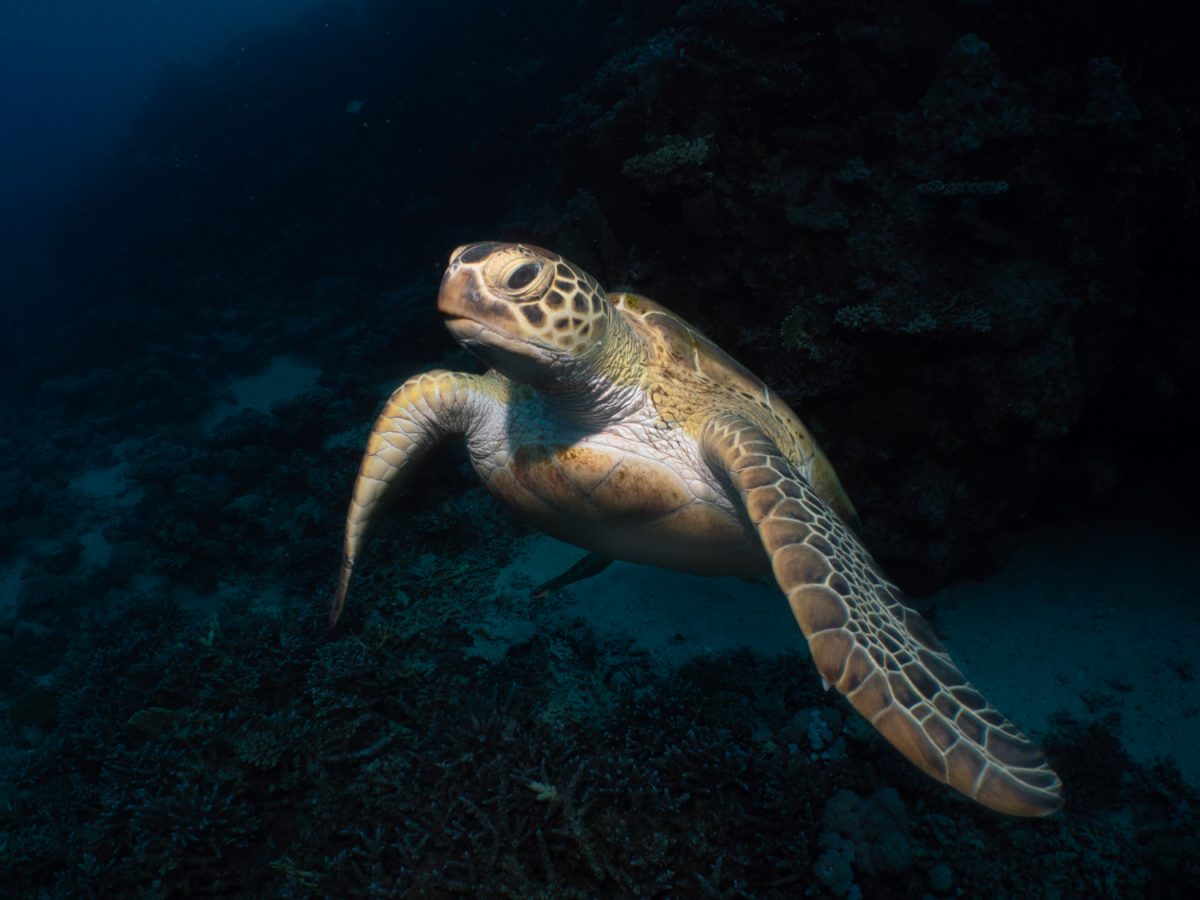
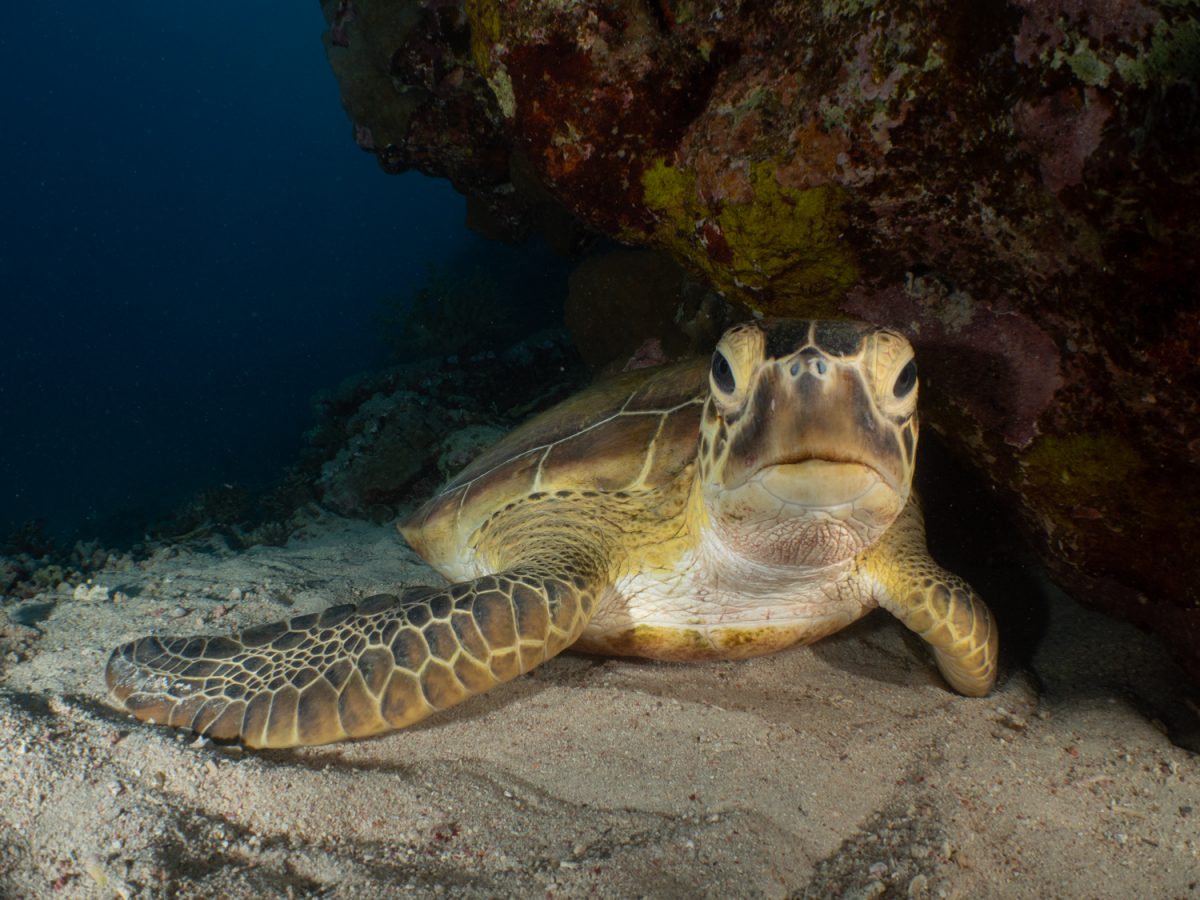
Besides diving the beautiful Marsa Shagra House reef, we also went on some excursions to other dive sites together with all the Photo Camp participants. Highlights for me where the big Green Turtles that were feeding on the seagrass in Abu Dhabab, and I also encountered my very first Hammerhead Shark at the Elphin Stone reef!

One evening, the RSDS was visited by Dr. Ahmed Shawky, a Dugong researcher from the Red Sea´s Ministry of Environment, who gave a presentation about Dugong Conservation and the Dugong surveys he had conducted in the area. And very fortunately, he spontaneously agreed on showing me his survey techniques the next day. We dove the seagrass area in Abu Dhabab, where Dugongs often feed. We looked for and counted the feeding trails that these Marine mammals leave behind, and measured length and width of these with a tape measure. In this way the width of the Dugong´s muzzle can be determined, which makes it possible to estimate the size and age of the animal. We also looked at the abundance of different seagrass species in the feeding areas to see which ones the Dugongs prefer. I got to practise the measurement of the carapace of the many Green Sea Turtles that we encountered with the Laser measurement device, which is usually used on the Dugongs. Unfortunately, we didn´t actually encounter a Dugong in the end, but the many Turtles were just as fascinating – and I, nevertheless, got certified as a Padi Dugong Conservation Diver through Dr. Ahmed and the Egyptian Dugong Team.

The time at the RSDS Photo Camp was the perfect lead-up to my next experience, two weeks on the Red Sea Photography Workshop by the amazing Alex Mustard, which Scuba Travel had fortunately allowed me to jump onto.

When I arrived to the Liveaboard in the Hurghada Marina, I was immediately overwhelmed by the number and especially the size of the Cameras and camera equipment of the other workshop participants from all over the world. But everyone was super friendly and willing to share their knowledge about Underwater Photography, and Alex gave us all so much helpful advice so that everyone learned a lot, I believe. And funnily, there was even another top-class photographer amongst the participants, Tobias Friedrich, also known as “Below Surface” from Germany!
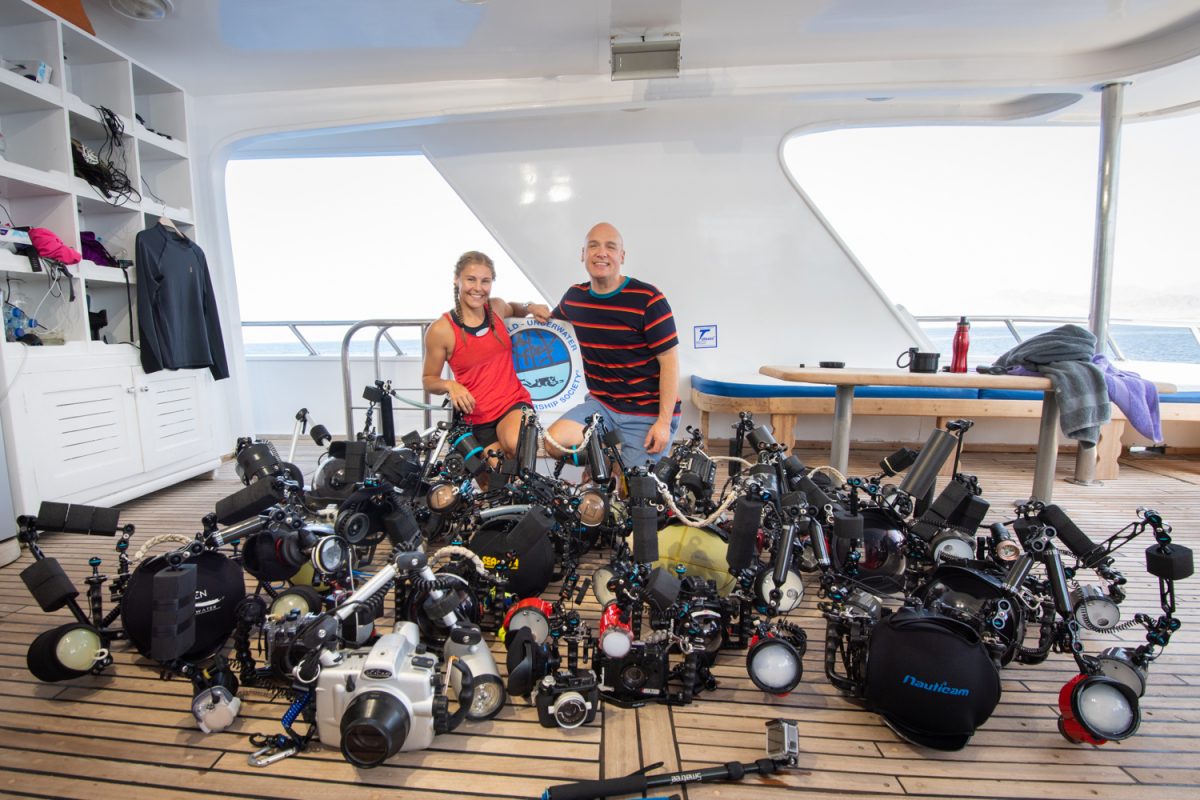
Alex´s workshop was a great opportunity to learn about many different Photography techniques and subject matter. We had a full-on program with up to 4 dives a day, and Alex gave many presentations in between. Topics were, amongst others, Wreck Photography, Fish Portraits, Schooling Fish, Split Shots and of course Wide Angle Reef Scenery. Particularly helpful was also that Alex shared so many details about were to find specific subjects or the best angles to photograph them, because he is so familiar with the divesites that we visited in the Northern Red Sea. Additionally, Alex always included knowledge from his background in Marine Biology into his presentations, as an example how to best approach and hold together fish schools for photographs without disturbing them, or what particular species you could find in a place.
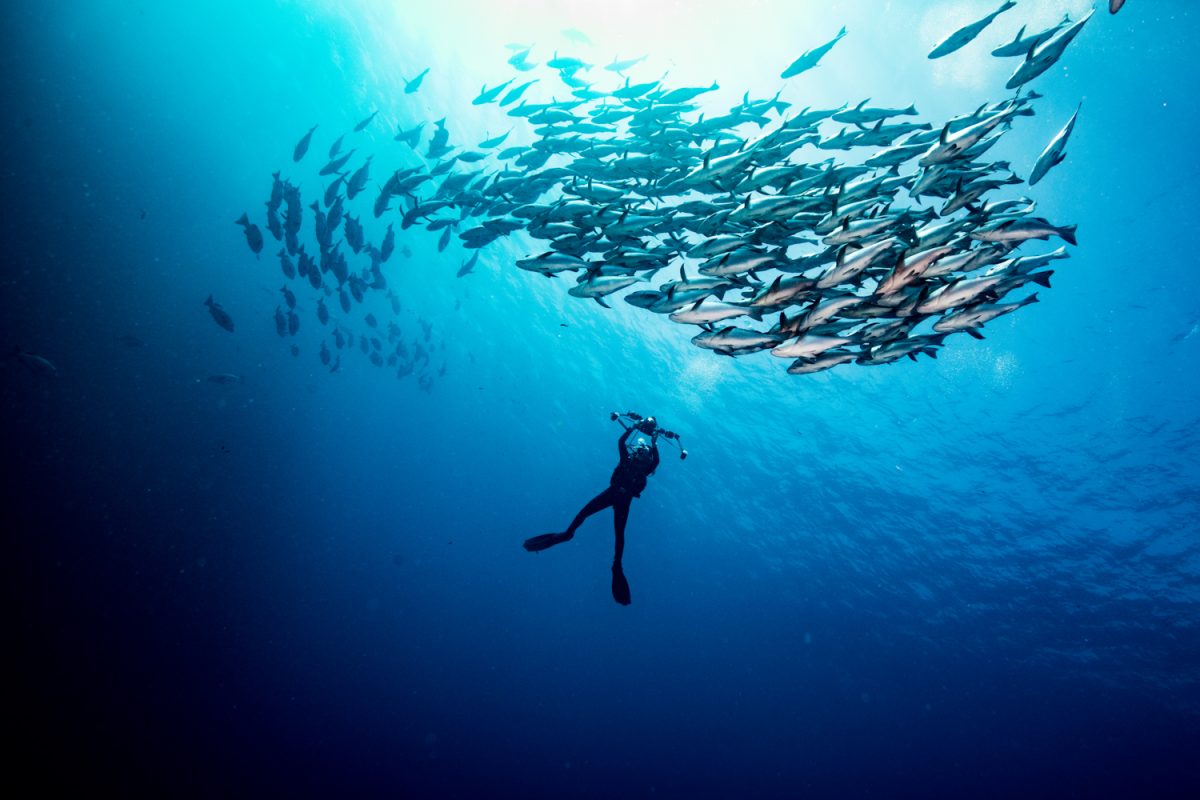

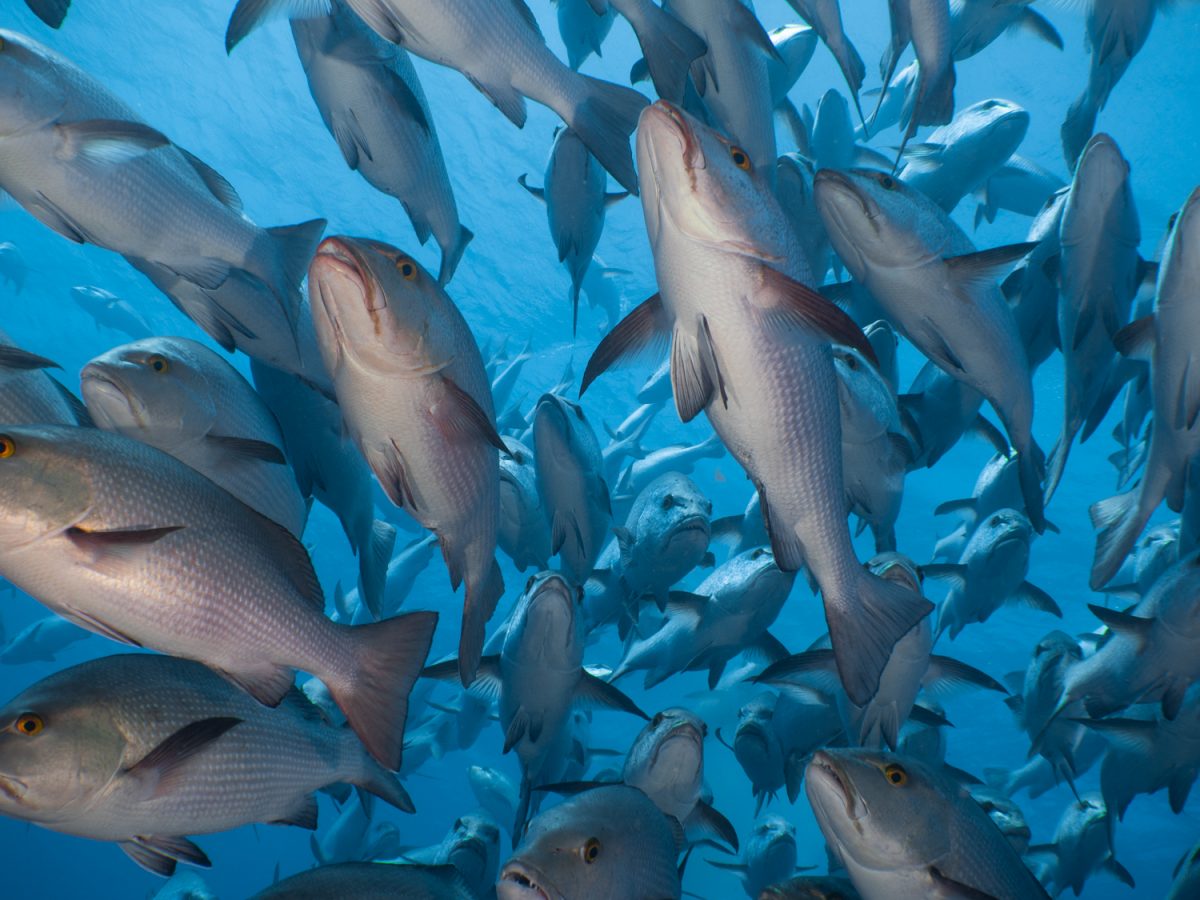
In the evenings, we could then hand in our favorite few photos, or also photos that we were not happy with, to seek advice from Alex in both Photography technique or Composition itself, but also to seek help with the right Post-Processing.
Some of the incredible divesites that we visited were the Thistlegorm wreck with many motorbikes and trucks in the holds, as well as 4 other wrecks in Abu Nuhas, and I really enjoyed Wreck Photography both in the inside of the wreck and from the outside. I even tried out remote lighting of the insides with my Light and Motion Video Lights.
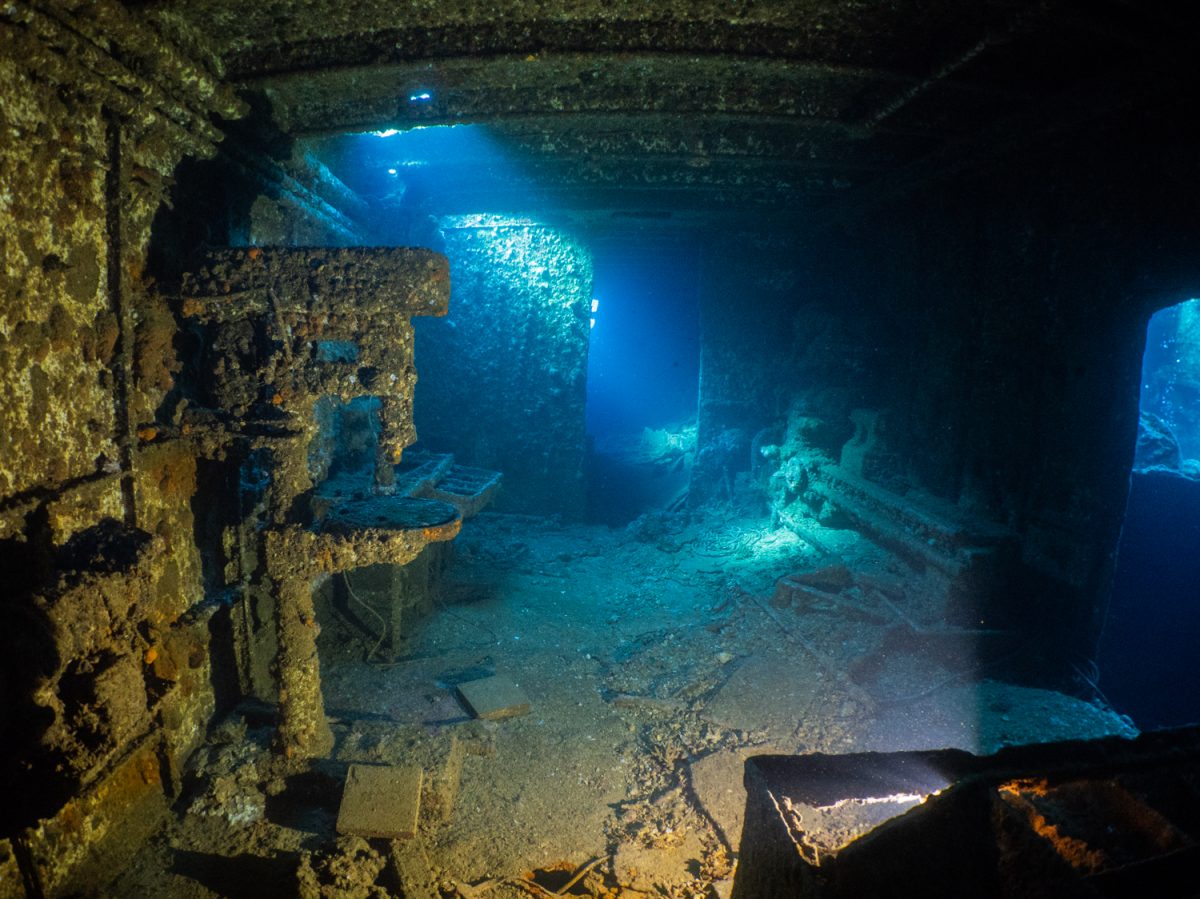
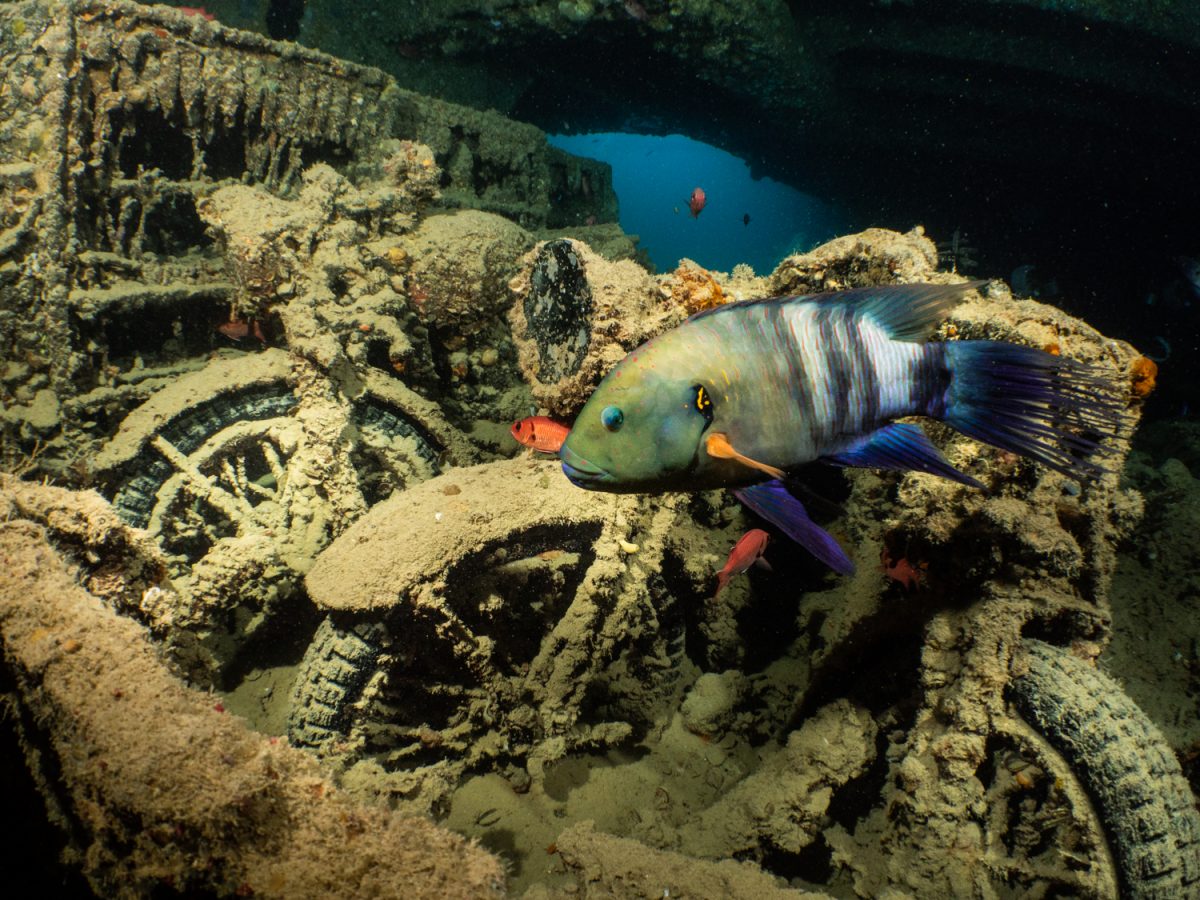
Another beautiful divesite was Shark and Yolanda Reef in the Ras Mohamed National Park. A special and totally unexpected highlight for me was that I even saw my very first Whaleshark there! Unfortunately it was only while my safety stop and too far away for photos, so that I could only take a video of this unforgettable moment.
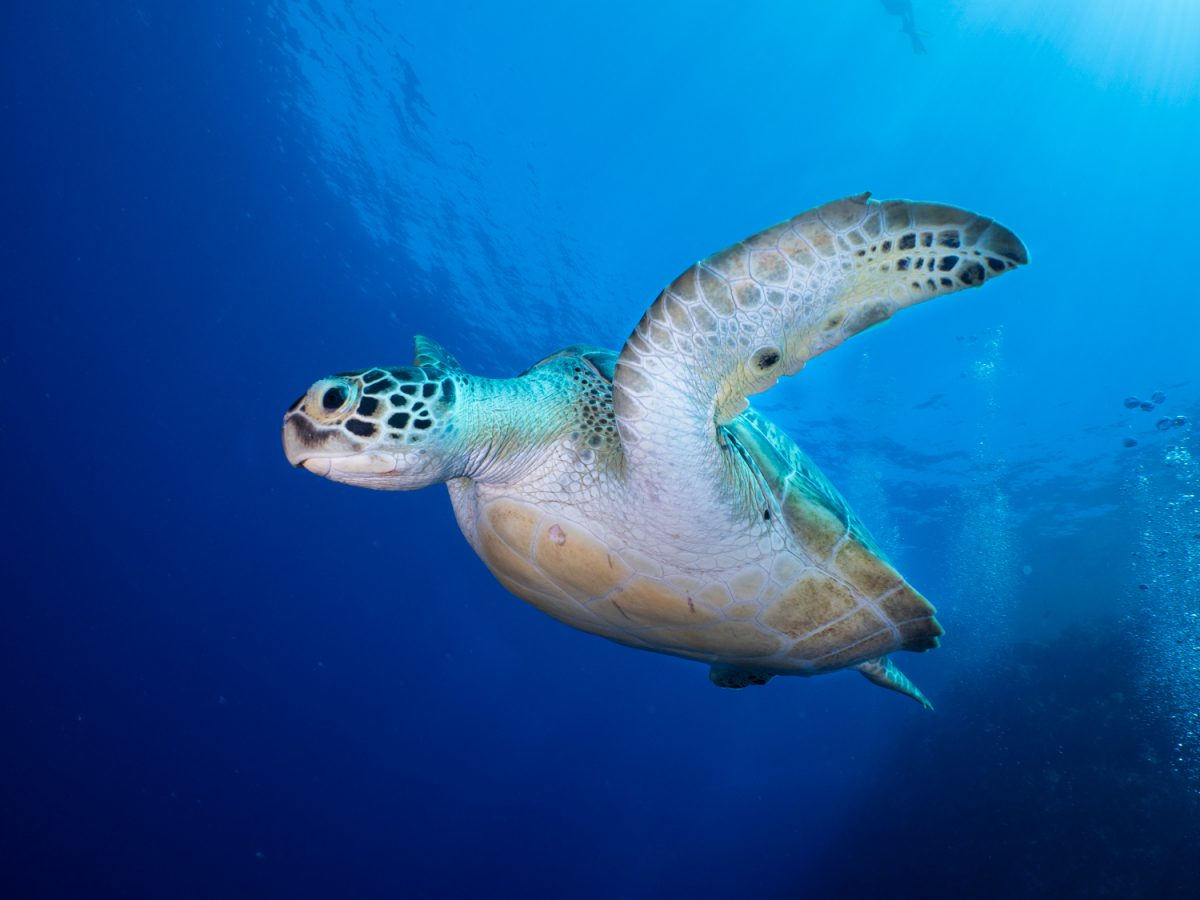
All in all, the two weeks with Alex were a steep learning curve for me and a whole lot of fun at the same time.

From time to time I of course got frustrated about some dive´s photo outcome, but I am just as happy about how many photos turned out, too. For this reason, I hope you enjoy some of my favourite Photos from my time in Egypt!
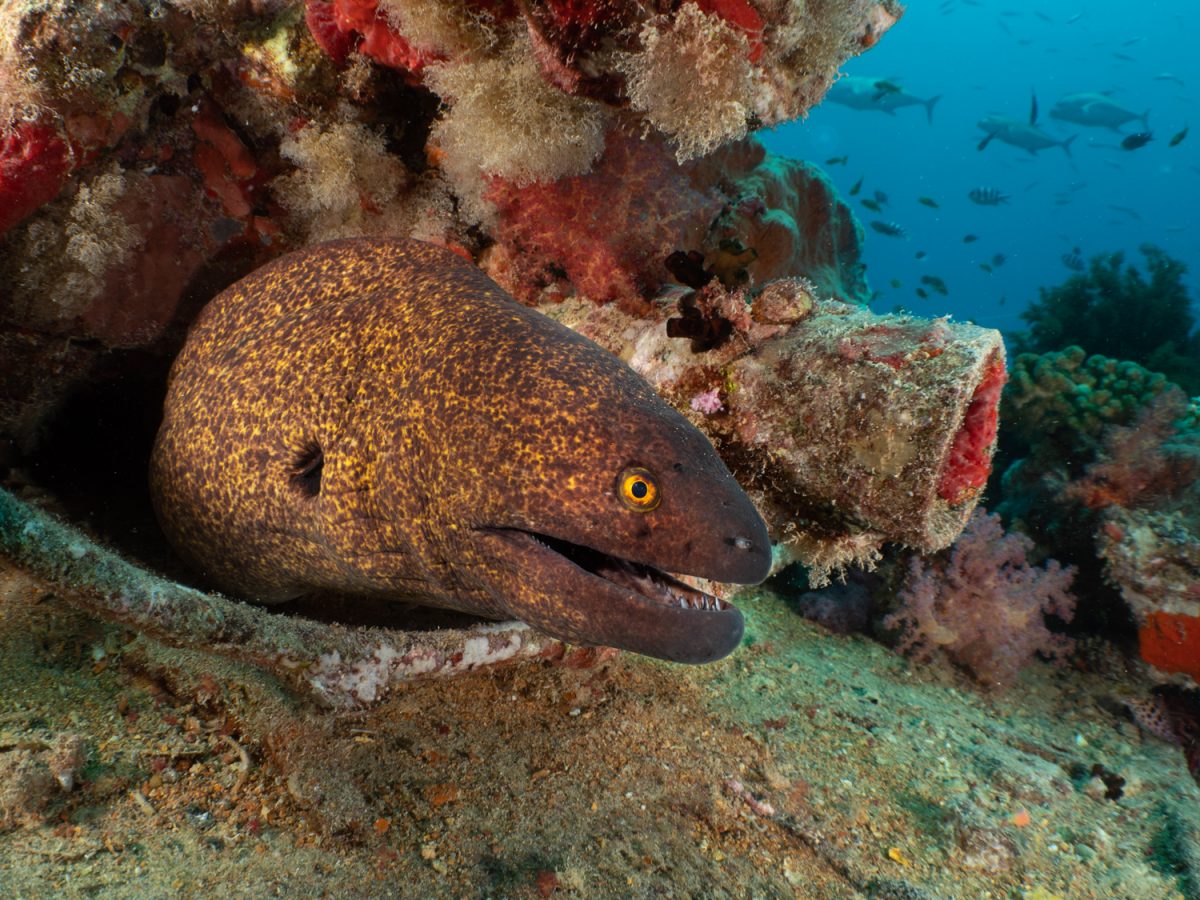
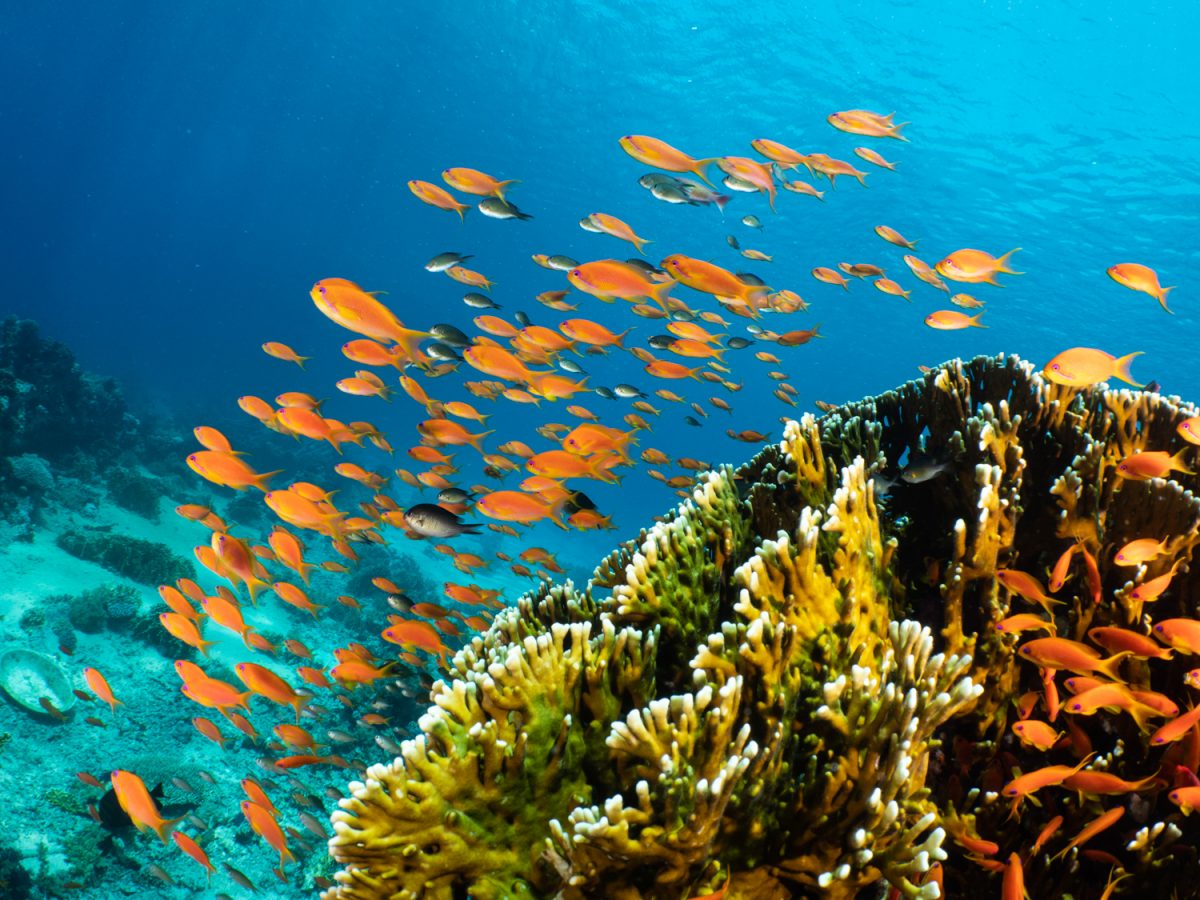

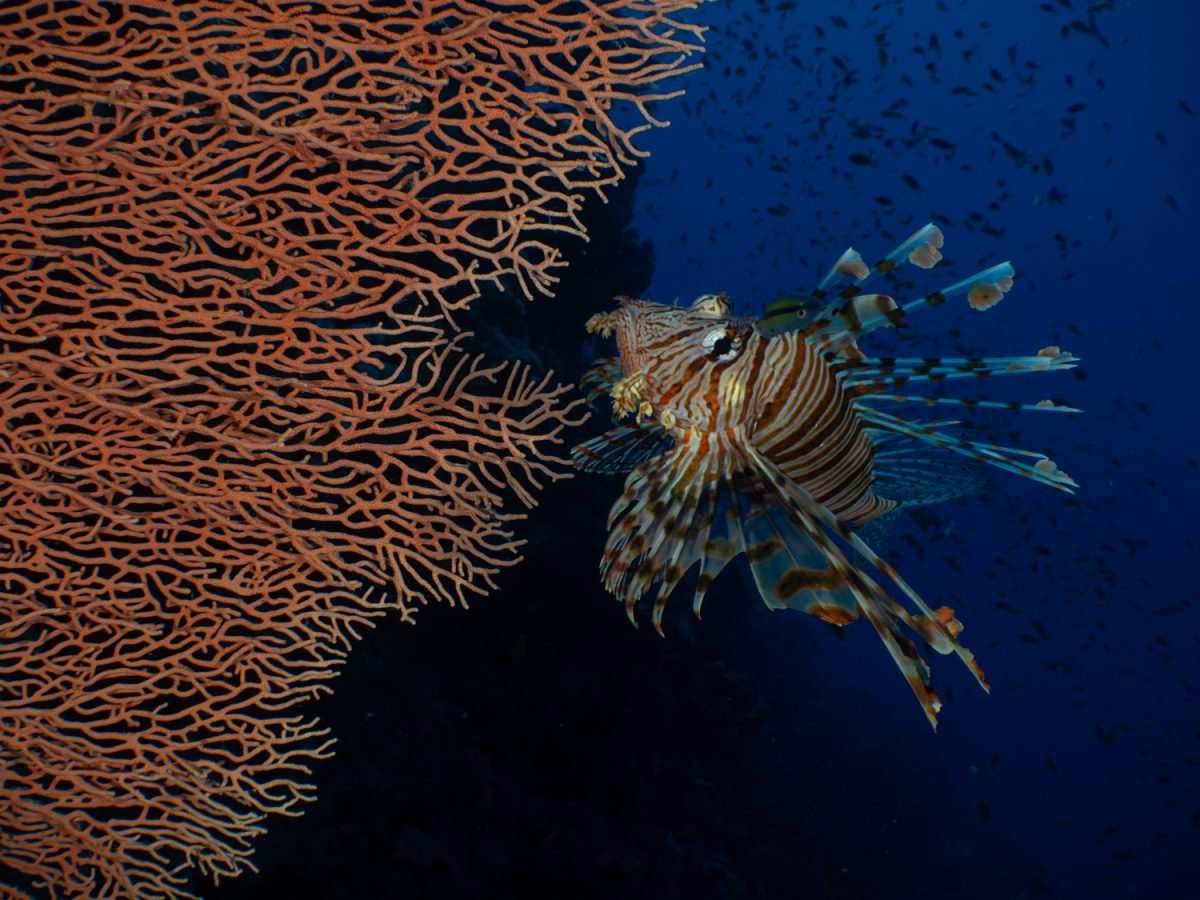
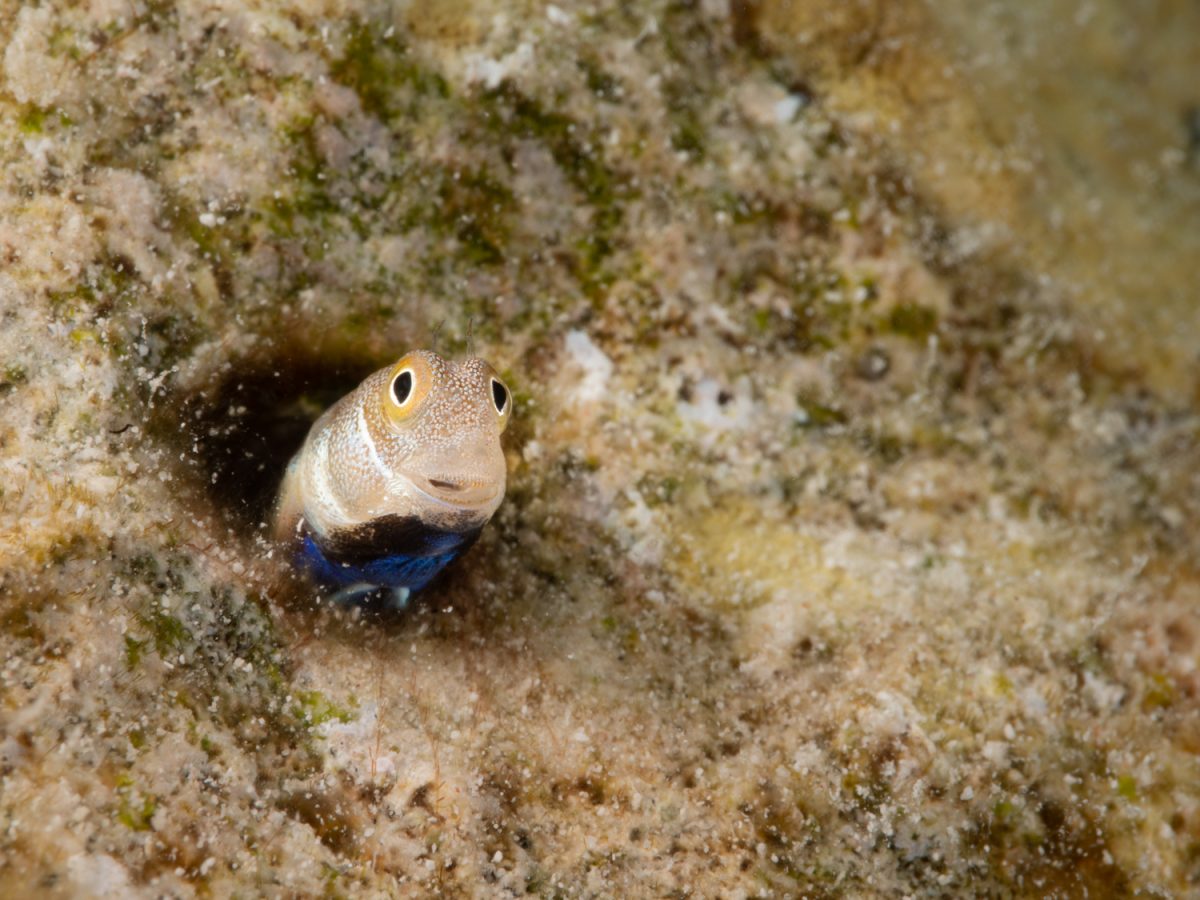
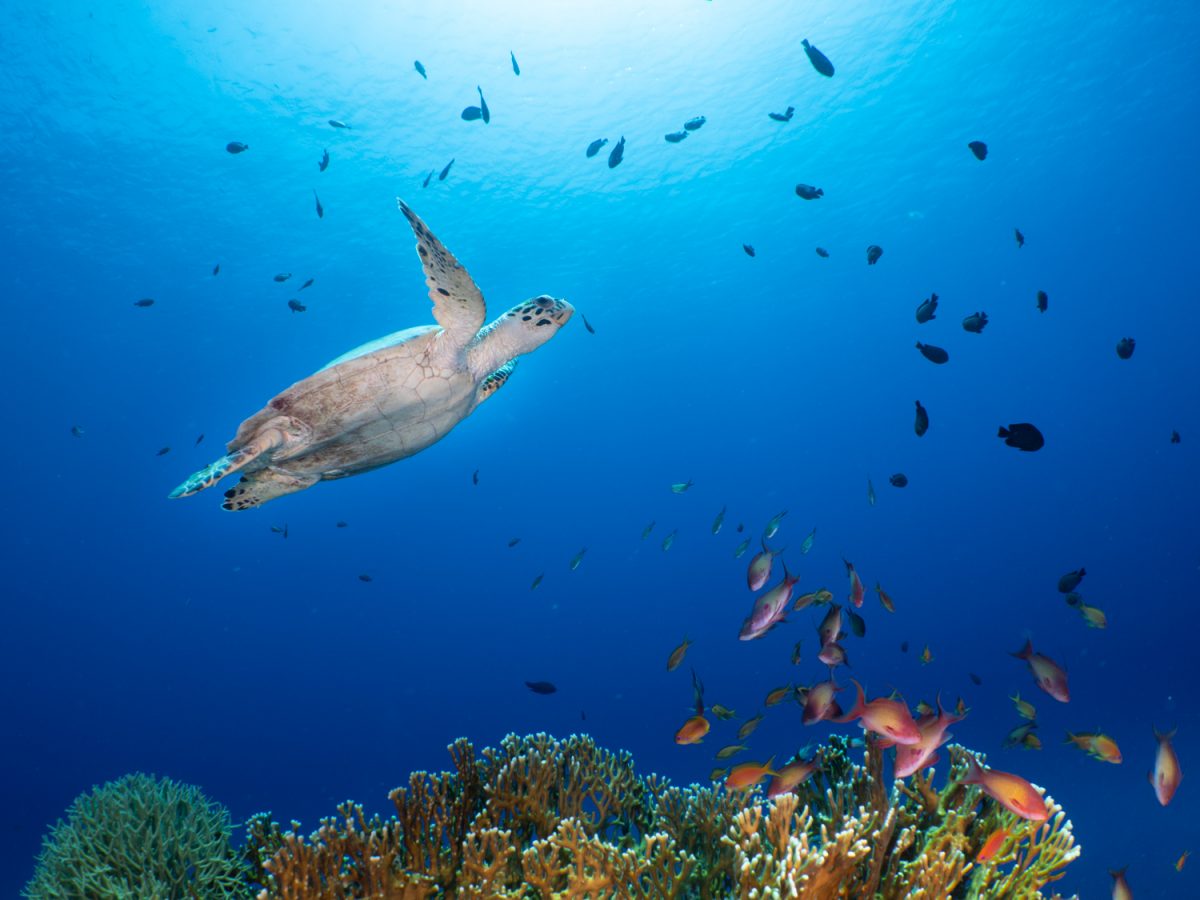

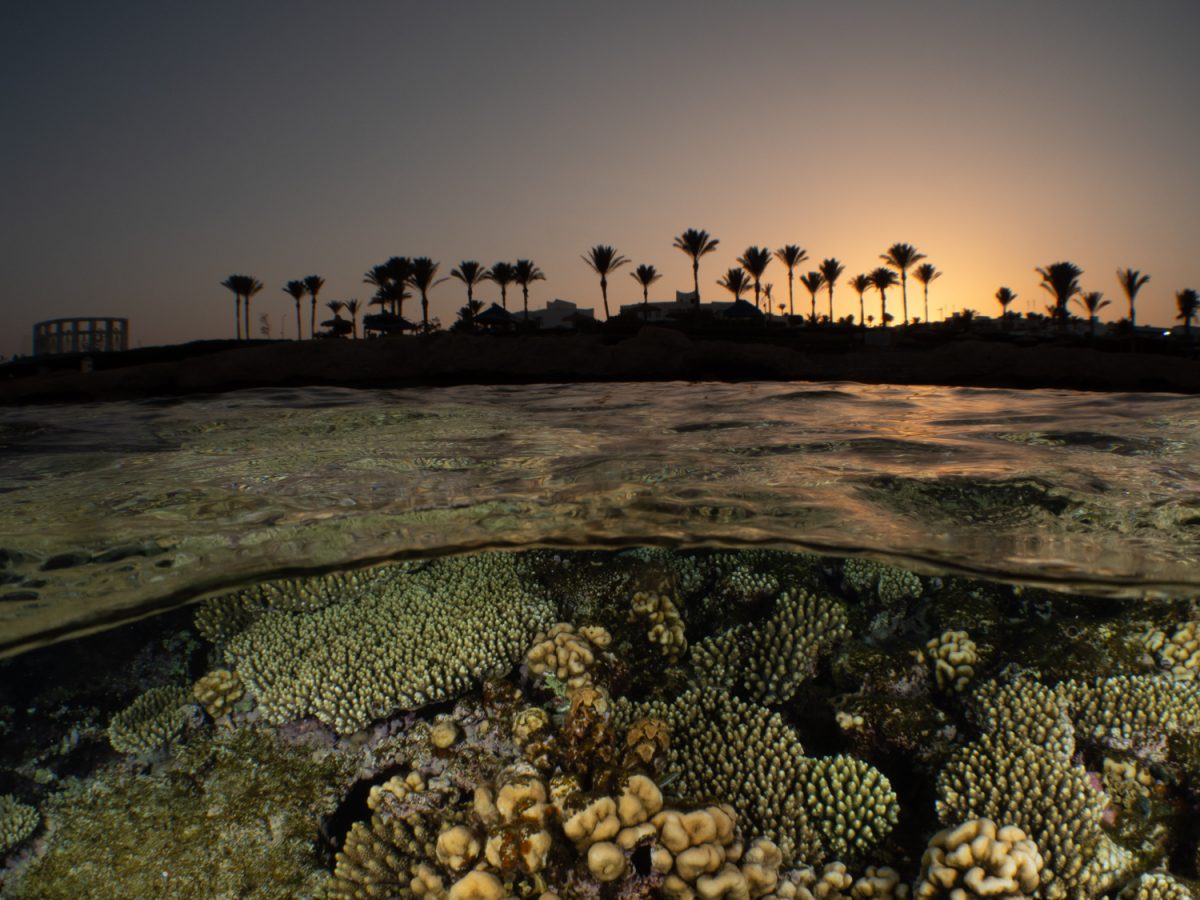
And after 60 dives with a camera in my hand in only 24 days, I can now not wait to learn more, as well as that I can´t imagine NOT taking my camera on a dive anymore.

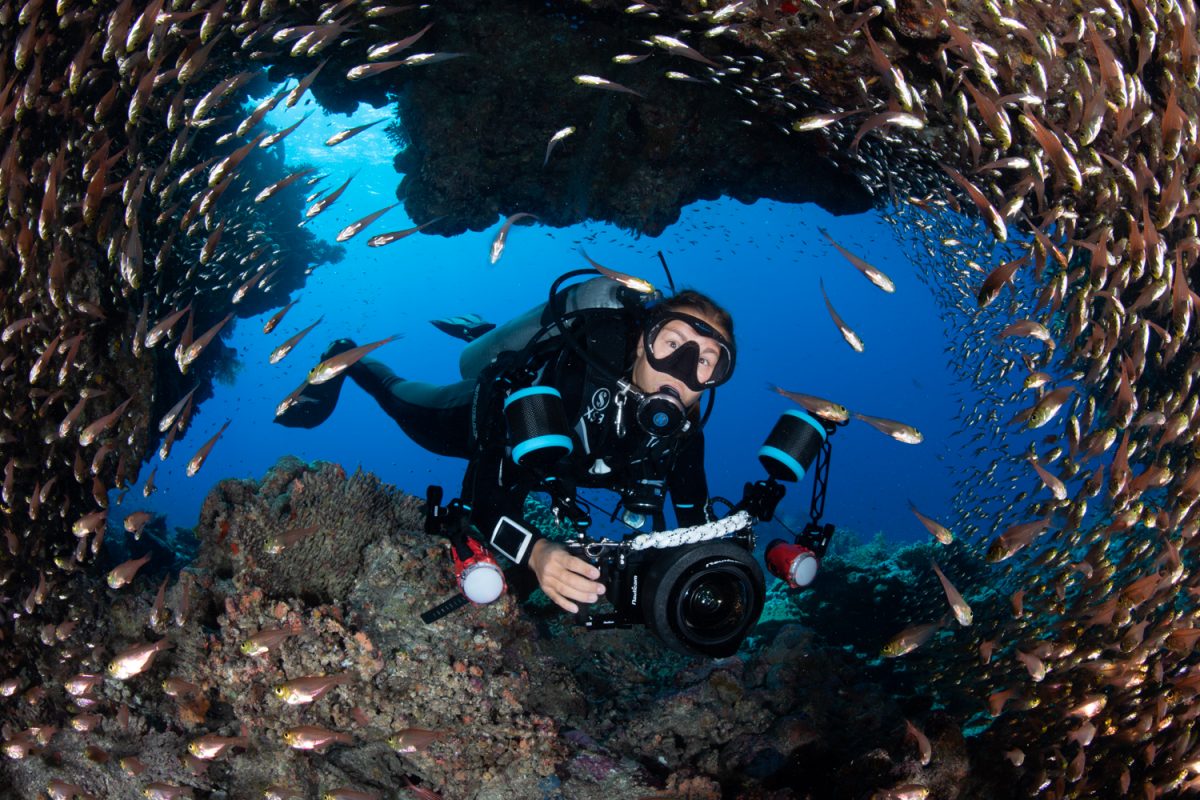
Thank you so much again for everyone that made these past weeks possible: Red Sea Diving Safari, Duxy, Phil and Anne, Alex, Scuba Travel, and before all of course Reef Photo and Video, Nauticam and Light and Motion!